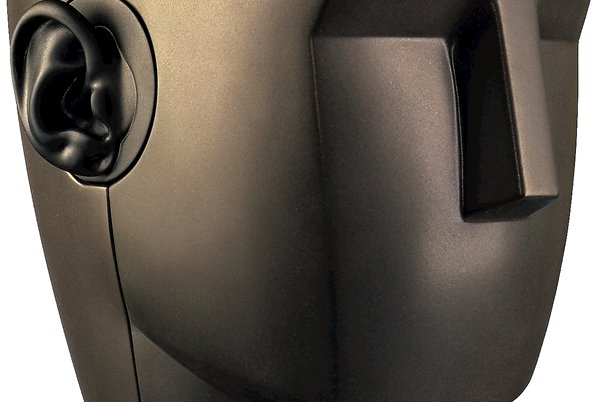Growing the tech tree
Alternate technology that could take games to the next level
Voice recognition
What is it?
A white paper by Valery A. Petrushin in 1999 (snipr.com/vrecog) details a system for call centers that would recognize emotion in the voices of the callers, helping to priorities their calls according to emotional state. In addition to this, some untapped voice technology already exists in games: Unreal Tournamnet 2004 enables the gamer to order bots to positions and what stance they should assume.
Gaming potential
The possibilities are superficially similar to those for facial recognition, but more elaborate. Once again, you're conveying an emotional response to a game, but this time it's tied in with the idea of using recognizable phrases. For example, think about talking an NPC across perilous terrain, such as a minefield. The NPC would respond both to your directions and to the note of warning in your voice. Or you could be ordering a panicky NPC to shut up, lest patrolling guards hear you, and the note of command in your voice would determine your success.

Holophonic and binaural sound
What is it?
It's a method of presenting 3D sound, including up and down, using just headphones or two speakers. Even the best 5.1 speaker systems struggle with reproducing the effect of immersion that holophonic recording manages, where you'll swear the sound you're hearing is coming directly above you. Binaural is somewhat similar, slightly less precise, but the way it's recorded, from two mics encased in a dummy human head, is worth its inclusion.
Gaming potential
As well as doing away with bulky 5.1 sound systems, holophonic sound could help pinpoint enemy movement in shooters, particularly indoors when someone's on the floor above you.
Weekly digests, tales from the communities you love, and more


